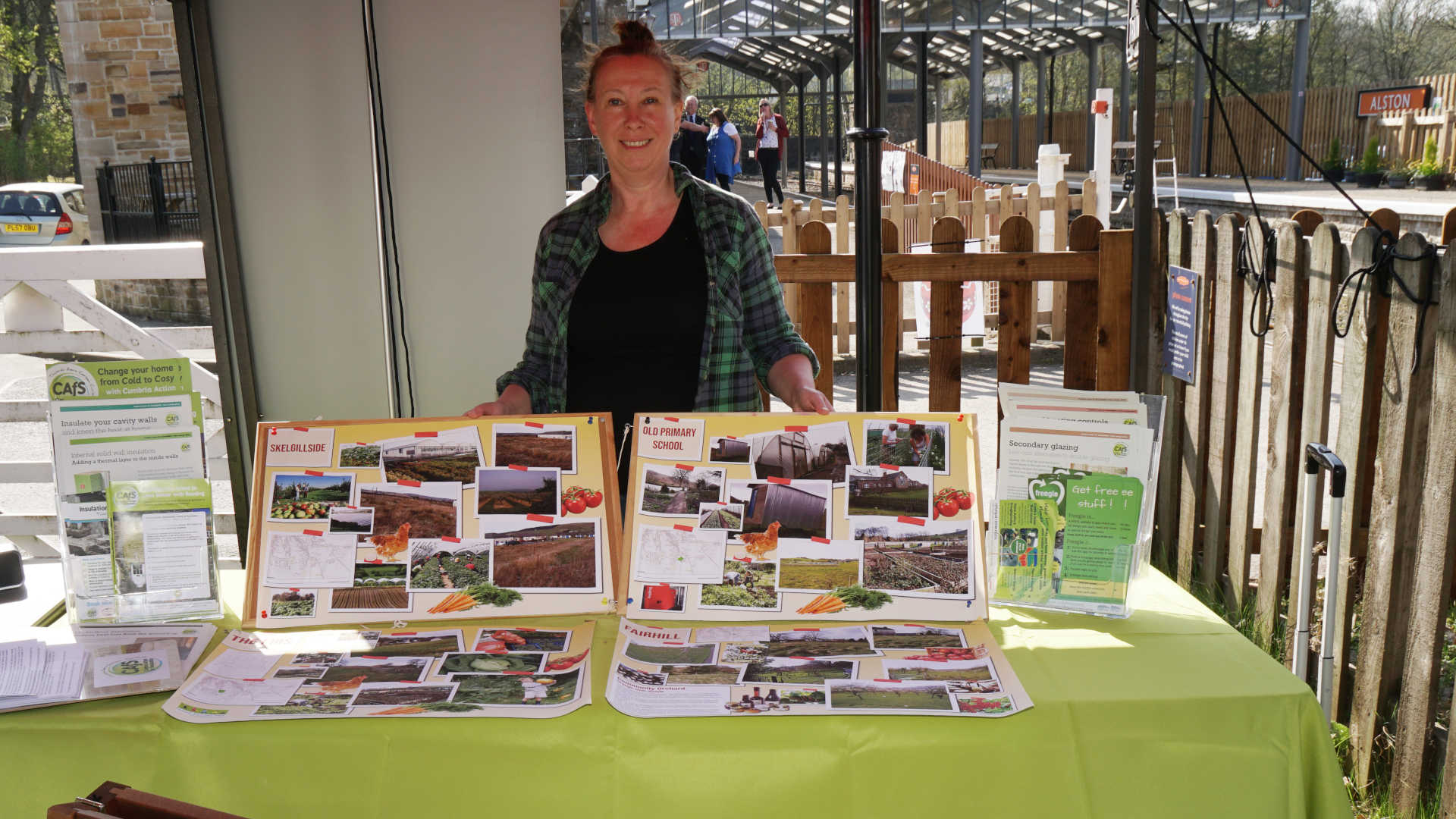A community orchard and a community farm have emerged as the tastiest options for food growing on Alston Moor, after residents shared their views at drop-ins organized by CAfS in April.
The two sessions at Alston Town Hall attracted a constant flow of people who are keen to see opportunities for community food growing.
The consultation was part of the Alston Moor Greenprint, run by CAfS and funded by the Esmée Fairbairn Foundation.
“The consensus is that there’s real enthusiasm to get community growing projects up and running, as opposed to private allotments,” said Roe Baker, Greenprint manager.
“The most popular option was a community orchard, which has the advantage of being relatively low maintenance and would provide the community with hard and soft fruit that people could freely harvest. Any surplus could be used for jam and chutney making. Training in pruning and grafting would be provided and there could be annual events.”
There was also support for a community farm or enterprise. This would be a longer-term project on a site that could support fruit trees, soft fruits, polytunnels for vegetable and salad production and the development of biomass for coppice. Growing mushrooms could also be a possibility.
“There’s a need for training in vegetable growing and how to grow in polytunnels,” Roe said. “We’ll offer some training sessions during the CAfS Cumbria Green Build Festival with visits to growers included in the programme. The great thing about community growing is that we can learn from each other and share skills.”
The consultation also revealed that growers would benefit from a way of connecting with each other. One idea is to create an online space where they could swap information about shared land and garden options, offer to share tools and equipment and take advantage of economies of scale in joint purchases for materials like top soil.
The drop-ins were part of a feasibility study on community food growing and enterprise. The study is nearly finished and the findings will help decide on a way forward, including applying for funding to make things happen.
Community food growing, in whatever form it eventually takes, is identified in the Alston Moor Community Plan and will be embedded into it.
To find out more, visit the Alston Moor Greenprint section on our website or contact Roe Baker: [email protected].

